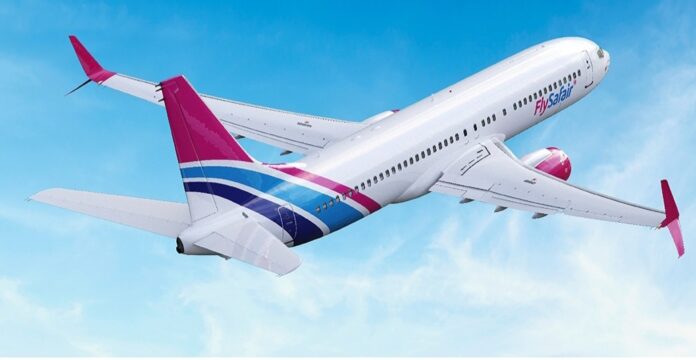In the dynamic skies of South Africa, the cost of air travel has climbed markedly in the past two years. While a reduction in the number of airlines has been cited as a cause, the true culprit is the soaring price of jet fuel.
Jet A1, the lifeblood of jet aircraft, is much like diesel in its pricing freedom. Derived from crude oil, its cost echoes the movements of Brent Crude Oil on the global stage. For airlines, fuel is not just another expense; it represents a substantial portion of a flight’s direct operating costs, making airlines particularly vulnerable to its price volatility. At FlySafair approximately 60% of the direct operating cost of a flight is attributed to fuel alone.
The year 2022 presented a turbulent chapter for South African aviation. Caused in part by the fuel prices, the exit of Comair Limited and its substantial seat capacity — a full 35% of the domestic market — triggered a significant supply shock. This did have an initial impact on pricing, with airfares going up. However, the industry’s agility shone through as remaining carriers expanded their capacity, restoring the supply equilibrium.
Although the initial price increase was in part due to changes in the market, the 71% hike in jet fuel prices in early 2022 had a far greater impact. The onset of the conflict between Russia and Ukraine played a part in this major increase which took place over just four months. However, the issue was compounded in South Africa by the closure of local Jet A1 synthesis plants in the country, necessitating increased imports and contributing to fuel shortages. Despite stabilising supply, jet fuel prices in South Africa now dance to a different rhythm than Brent Crude, and sadly, maintain their altitude.
Comair’s departure, while challenging, was a double-edged sword for surviving airlines. It allowed them to achieve prices necessary to weather the rising fuel costs temporarily. However, this led to public perception issues, with airlines viewed as taking advantage of consumers through inflated pricing thanks to the exit of Comair.
Today, equilibrium has returned to South Africa’s domestic passenger market. From the pre-pandemic era to December 2023, we’ve achieved a 94% recovery in seat availability, a commendable feat amid rising operational costs. The industry landscape has transformed, with five airline companies still contesting the market but now flying under singular brand banners compared to the previous seven.
The stark reality, however, is that flying now comes with a heftier price tag, predominantly due to the escalated costs of jet fuel. Nevertheless, the market has stabilised, with airlines offering services at sustainable prices, maintaining the narrow profit margins essential for their continued operation.
In 2019 the South African Passenger Airline Market was contested by: South African Airways (which owned Mango and SAA, which was in business rescue at the time), Comair (which owned the local BA franchise and Kulula.com), Cemair, FlySafair, and Airlink. In 2024 the market is contested by South African Airways, FlySafair, Lift, Cemair, and Airlink.

